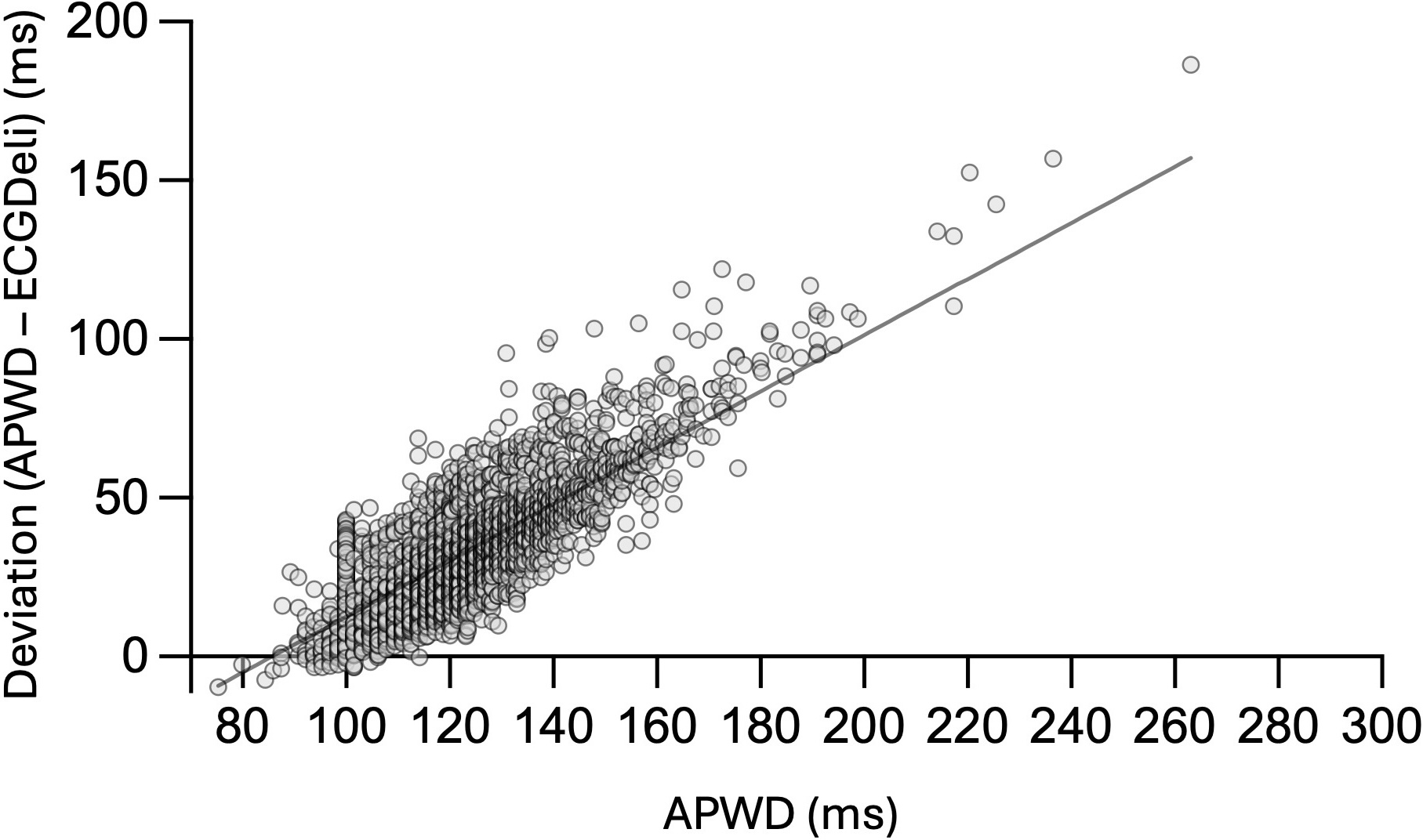https://doi.org/10.1007/s00392-025-02625-4
Silvia Becker (Bad Krozingen)1, L. Koch (Bad Krozingen)2, A. Bošnjak (Bad Krozingen)2, M. Biedermann (Bad Krozingen)2, D. Engler (Hamburg)3, H. Lehrmann (Bad Krozingen)4, A. Krishna (Bad Krozingen)2, A. S. Jadidi (Luzern 16)5, S. Blankenberg (Hamburg)6, D. Westermann (Freiburg im Breisgau)7, T. Keller (Bad Nauheim)8, T. Arentz (Bad Krozingen)1, R. Schnabel (Hamburg)3, A. Loewe (Karlsruhe)9, M. Eichenlaub (Bad Krozingen)2
1Universitäts-Herzzentrum Freiburg / Bad Krozingen
Rhythmologie
Bad Krozingen, Deutschland; 2Universitäts-Herzzentrum Freiburg / Bad Krozingen
Klinik für Kardiologie und Angiologie
Bad Krozingen, Deutschland; 3Universitäres Herz- und Gefäßzentrum Hamburg
Allgemeine und Interventionelle Kardiologie
Hamburg, Deutschland; 4Universitäts-Herzzentrum Freiburg / Bad Krozingen
Klinik für Kardiologie und Angiologie II
Bad Krozingen, Deutschland; 5Luzerner Kantonsspital
Herzzentrum
Luzern 16, Schweiz; 6Universitäres Herz- und Gefäßzentrum Hamburg
Klinik für Kardiologie
Hamburg, Deutschland; 7Universitäts-Herzzentrum Freiburg - Bad Krozingen
Innere Medizin III, Kardiologie und Angiologie
Freiburg im Breisgau, Deutschland; 8Justus-Liebig-Universität Giessen
Medizinische Klinik I, Kardiologie
Bad Nauheim, Deutschland; 9Karlsruher Institut für Technologie (KIT)
Institut für Biomedizinische Technik
Karlsruhe, Deutschland
Background
Atrial cardiomyopathy (AtCM) is linked to new-onset atrial fibrillation (AF), heart failure, and a possibly increased risk of cardio-embolic stroke. Improving early detection of AtCM could therefore enhance treatment strategies, potentially preventing adverse clinical outcomes. AtCM is associated with electrical conduction slowing, which can be non-invasively quantified by a prolonged P-wave in the electrocardiogram (ECG). However, the late components of prolonged P-waves often have small amplitude and are easily missed by standard ECG delineation algorithms. Our group showed that precise measurement of the P-wave by experts after amplification of the digital ECG (sweep speed 150-200 mm/s, amplification 80 mm/mV) can diagnose and stage AtCM with high sensitivity and specificity.
Purpose
We hypothesize that standard ECG delineation algorithms systematically underestimate P-wave duration compared to amplified P-wave duration (APWD) due to low-amplitude segments, especially in more extensive AtCM stages, not being considered by standard algorithms.
Methods
To assess differences in P-wave duration between standard algorithms and APWD, ECGs of 3,420 participants from the Hamburg City Health Study (HCHS), a large, prospective, population-based cohort, were analysed. P-wave duration was assessed using two methods: first, the open source ECGDeli algorithm, which has been validated against other established P-wave delineation algorithms; second, manual APWD annotations by experts. Distributions of both measurements and their deviations were investigated and differences were analysed in relation to known cardiovascular risk factors for AtCM: age, sex, BMI, and CHA₂DS₂-VASc score.
Results
The mean of manually annotated APWD was 122 ± 17 ms, compared to ECGDeli’s 90 ± 12 ms. The maximum value measured with ECGDeli was 121 ms, close to the mean APWD annotation. The difference between the two methods correlated strongly with APWD (p< 0.001), with a greater difference for greater APWD. In a multiple linear regression model, higher age (p = 0.0015), male sex (p < 0.001), higher BMI (p < 0.001), and higher CHA₂DS₂-VASc score (p = 0.0074) were correlated with a larger difference between the two algorithms, indicating that each variable contributes to the observed deviation.
Conclusion
The results demonstrate that standard P-wave delineation algorithms like ECGDeli systematically underestimate P-wave duration compared to APWD. This discrepancy is most pronounced for prolonged P-waves, which are linked to more advanced stages of AtCM. Therefore an automated algorithm for precise APWD measurement would be beneficial to capture diagnostically valuable late P-wave components, potentially enabling earlier identification of future patients at risk.
